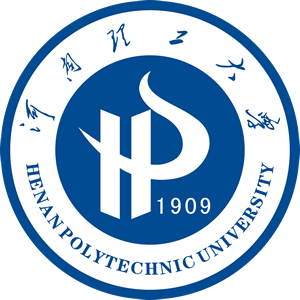
地址: 河南省焦作市高新区世纪路2001号[454000] Tel: 0391-3987069 E-mail: zkxb@hpu.edu.cn,skxb@hpu.edu.cn |

请您访问
|

社会科学版
|
| 供稿: 曹爽 | 时间: 2018-12-16 | 次数: |
作者:曹爽
作者单位:河南理工大学文法学院
摘要:语言是动态发展的。现代汉语中存在的共时差异,既有古代汉语用法的遗留,又有语言演变的痕迹。本文从历时的角度出发,指出了现代汉语方位词"里"来源于表"衣服里层"的名词"里",方位词"内"来源于表"进入"的动词"内"。而"N里"和"N内"的结构在历时发展上也具有不平衡性,"N里"结构出现较晚,但发展迅速,功能泛化广泛;"N内"结构出现虽早,但意义扩展范围较小,没有表现出明显的功能泛化。
基金:国家社科基金青年项目(13CYY053);河南省高校基本科研业务费专项资助项目(SKJYB2015-08);
DOI:10.16698/j.hpu(social.sciences).1673-9779.2015.04.008
分类号:H136
Abstract:Language is in constant development, thus the synchronic differences in modern Chinese, remains of ancient Chinese, are the result of diachronic development. This paper analyzes Chinese location words “li”and “nei”from the diachronic angle. It concludes that “li”comes from the noun “lining”and “nei”comes from the verb “enter”. This study reveals the unbalanced development of the structure“noun + li/nei”: “noun + li”appears late, but develops rapidly and its properties expands more widely;while the structure “noun + nei”appears early, but its meaning expands to a less extent and shows fewer signs of functional extension.